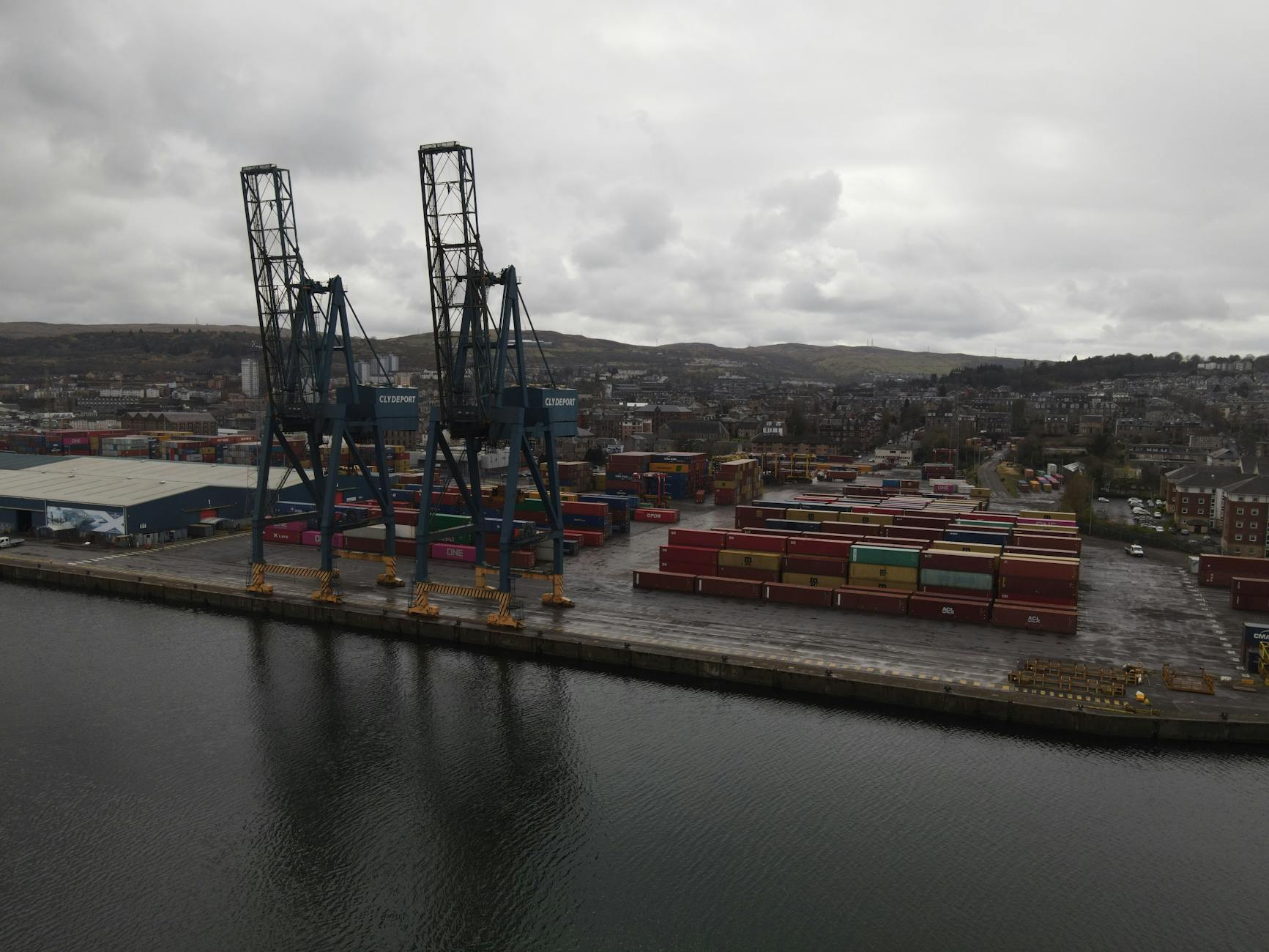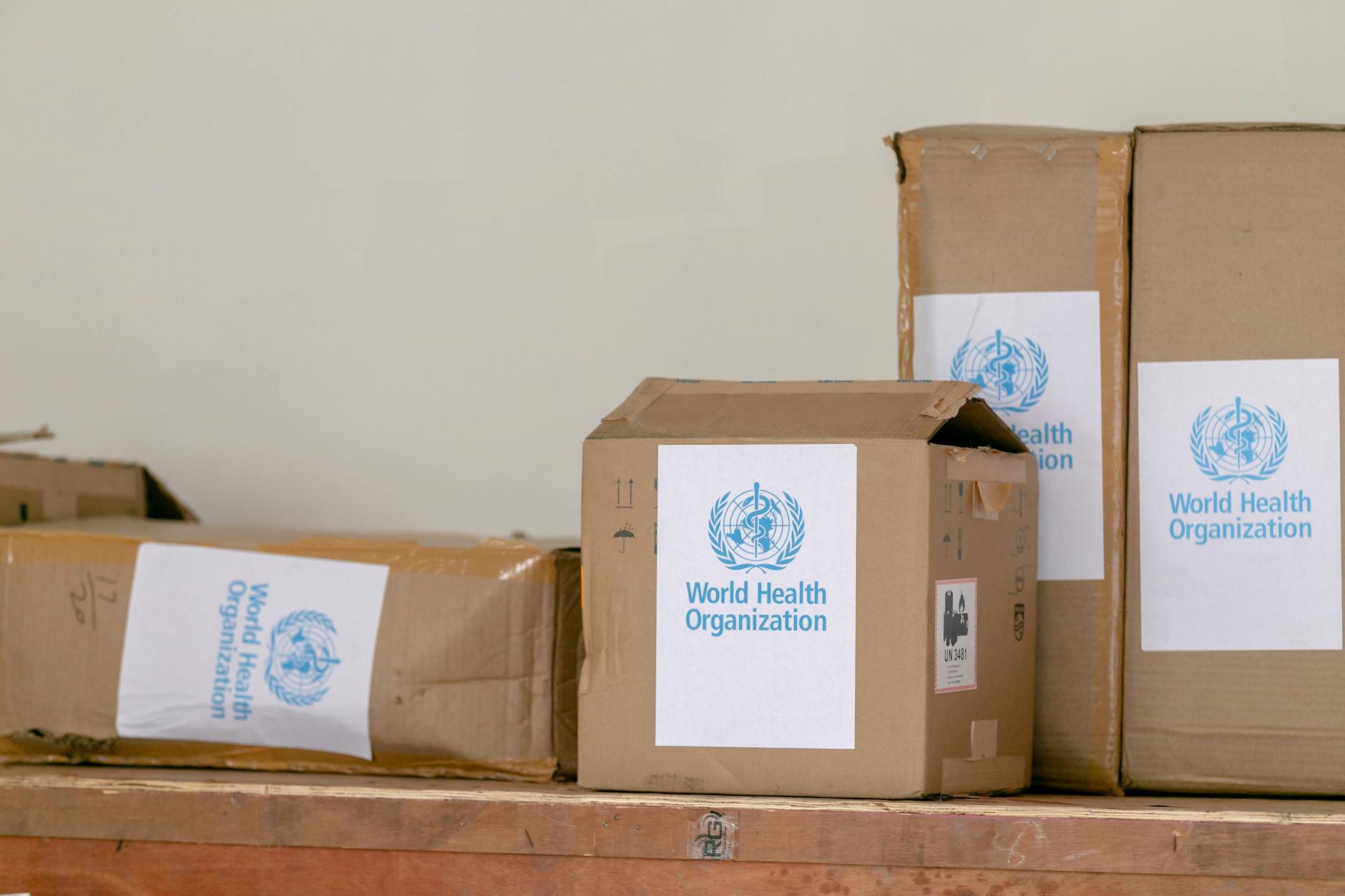How to Make Your Logistics More Eco-Friendly in Australia

Assessing Current Practices
Analyzing Carbon Footprints
When it comes to eco-friendly logistics in Australia, gauging the current carbon footprint is a solid step. For companies nestled near the serene landscapes of the Blue Mountains, evaluating logistics practices starts with a closer inspection of the emission levels from your operations. This analysis provides insights that are instrumental in developing a reduction strategy. By understanding where the majority of your emissions come from, you can target specific areas for improvement.
Identifying Waste Sources
Next, think about waste. Within your logistics chain, zero in on processes that are heavy on waste generation. Do certain materials regularly end up in the bin? Are there inefficiencies in packaging that lead to excess? In the vibrant marketplaces of Newcastle, reducing waste means revisiting these processes and innovating towards more sustainable materials or practices.
Reviewing Supply Chain Efficiency
Lastly, enhancing supply chain efficiency is vital. This involves assessing whether your current operations—including partnerships with a third party warehouse or a 3PL provider—are optimised for efficiency and sustainability. For example, aligning your processes with a third party can cut costs and emissions. Drawing inspiration from Maitland's sustainable business hubs, adaptations like streamlined routes and coordinated deliveries are integral to developing a greener logistics framework.
Sustainable Strategies
Sustainability strategies in logistics extend beyond merely using eco-friendly materials. A comprehensive perspective can reveal untapped opportunities for impactful change. For instance, incorporating recyclable packing materials not only reduces waste but also embeds sustainability into routine operations. While brainstorming sustainable logistics, consider the serene landscapes near the Blue Mountains as inspiration for implementing these green transformations.
Green transportation methods are another frontier worth exploring. Hybrid and electric vehicles can significantly reduce transportation-related carbon emissions. Furthermore, route optimisation utilises advanced technology to ensure each delivery is as fuel-efficient as possible, cutting back on unnecessary travel. This can drastically reduce a company’s carbon footprint, aligning business practices with environmental values.
Renewable energy adoption is another critical pillar. Installing solar panels on 3PL warehouse facilities or tapping into wind energy offers dual benefits: cost reduction and eco-friendliness. Not only does this reduce the reliance on fossil fuels, but it also puts a business on the map as a leader in eco-conscious innovation.
Finally, the implementation of efficient pick packing processes ensures that resources aren’t wasted in handling and dispatching goods. Streamlined operations can lead to faster deliveries and happier customers while keeping environmental impact in check. With young entrepreneurs increasingly interested in sustainability, creating a logistics strategy that reflects these values not only supports the planet but also strengthens the business's appeal.
Collaborating with Partners
Choosing Sustainable Vendors
In my journey towards greener logistics, I've realised the importance of choosing vendors that prioritize sustainability. It's like building a network of like-minded allies, especially essential for young entrepreneurs looking at the big picture of eco-conscious business practices. When scouting for suppliers, I focus on those who integrate sustainable materials and methods. For instance, exploring markets in Newcastle reveals vendors who champion eco-friendly practices, providing a regional advantage to help reduce transportation emissions.
Aligning Goals with 3PLs
Collaboration has become a key strategy in aligning business goals with third-party logistics (3PL) providers. A crucial factor is finding a 3PL partner committed to eco-friendly practices, like efficient pick and pack solutions that minimise waste. By establishing shared environmental objectives, both parties work in synergy, focusing on sustainable growth and reducing carbon footprints. This alignment not only streamlines operations but also resonates with customers who value sustainability.
Setting Green Benchmarks
To maintain a long-term focus on eco-friendly logistics, setting green benchmarks becomes indispensable. Drawing inspiration from the serene landscapes near the Blue Mountains, I've learned to set clear sustainability metrics that nurture both business and environment. These benchmarks serve as a guide to measure progress, promote accountability, and inspire continuous improvement. By sharing these with our partners, we foster a community dedicated to sustainable logistics, paving the way for innovative solutions and an eco-friendlier future.
Engaging the Team
Training on Green Practices
Integrating eco-friendly solutions into logistics requires a commitment from every team member. Training on green practices is crucial for ensuring everyone understands the mission's objectives and how they can contribute. Interactive workshops can be conducted to discuss sustainability goals and demonstrate the potential impact employees can have through simple adjustments, such as minimising energy use or optimising ecommerce 3PL processes.
Encouraging Employee Initiatives
Engagement doesn't stop at training. Encouraging team members to take initiative in sustainability efforts fosters a sense of ownership and innovation. This could range from developing energy-saving ideas to suggesting reductions in materials for packaging. Recognition programmes and incentives can help highlight exemplary contributions, turning sustainability into a shared goal across the team.
Implementing Feedback Systems
Feedback loops are essential for continuously refining eco-friendly logistics practices. Encouraging open communication allows for fresh perspectives and new ideas, paving the way for consistent improvement. Employees can provide insights on issues or enhancements in current processes, leading to improved strategy execution. Introducing platforms where feedback is easily shared and tracked can help in effectively monitoring progress and making necessary adjustments.
Empowering your team through these strategies not only improves logistics operations but also aligns them with environmental goals. Implementing such systems promotes a culture of sustainability, contributing to a greener future while also enhancing operational efficiency.
Addressing Missteps in Eco-Friendly Logistics
Overlooking Less Obvious Effects
In my journey as an eco-conscious business innovator nestled near the serene landscapes of the Blue Mountains, I've discovered that even the most well-intentioned logistics strategies sometimes miss the subtle but significant environmental impacts. It's essential to examine the third-party logistics system thoroughly beyond just core processes. For instance, the overlooked effect of localised deliveries can contribute significantly to a carbon footprint despite using eco-friendly vehicles. Incorporating measures such as consolidated shipments or shifting to more eco-friendly container materials can address these hidden impacts.
Neglecting Long-Term Visions
Another common mistake is focusing solely on immediate wins without a vision for the long term. While quick results can be gratifying, they're often not sustainable. The vibrant, eco-friendly markets in Newcastle have taught me the importance of integrating long-term green practices. Whether it's aiming for zero-waste packaging or implementing renewable energy sources, consistently investing in sustainable practices is crucial. A visionary approach, inspired by the sustainable hubs in Maitland, can guide the logistics industry away from pitfalls and towards genuine, lasting impact.
Failing to Articulate Changes
Lastly, it’s easy to stumble over communication hurdles when implementing new logistics strategies. Transparency with your team and customers about the goals and benefits of these changes is vital. Young entrepreneurs eager for innovation should prioritise open dialogues to ensure everyone understands how these changes align with broader business objectives, such as reducing emissions through efficient freight logistics. Encouraging clear communication channels can foster a culture of sustainability that resonates throughout your entire operation.


